Charles Pecqueur
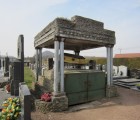
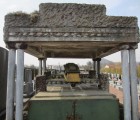
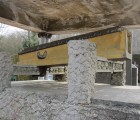
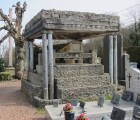
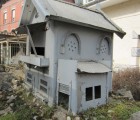
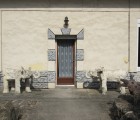

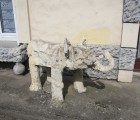
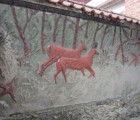
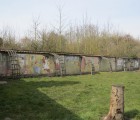
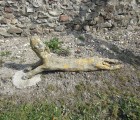
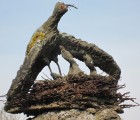
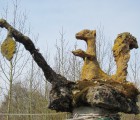
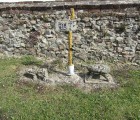
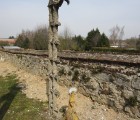
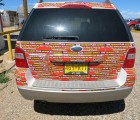
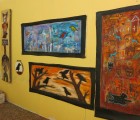
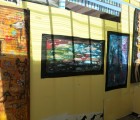
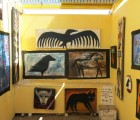
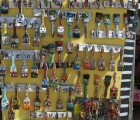
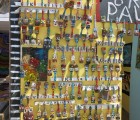
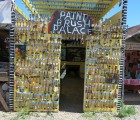
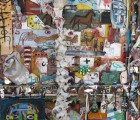
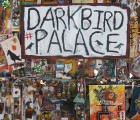
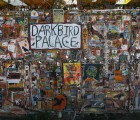
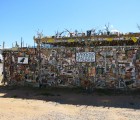
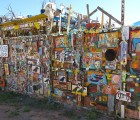
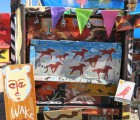
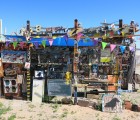
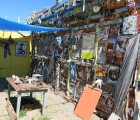
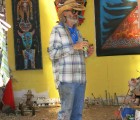
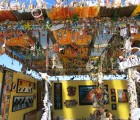
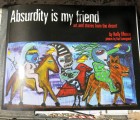
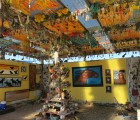
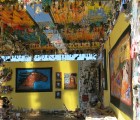
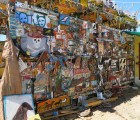
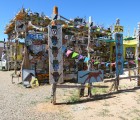
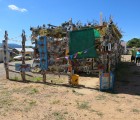
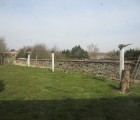
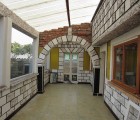
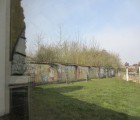
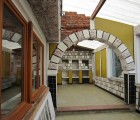
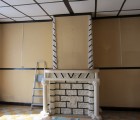
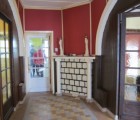
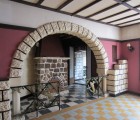
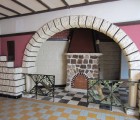
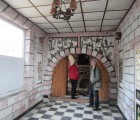
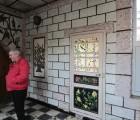
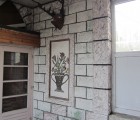
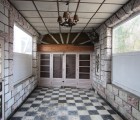
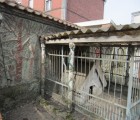
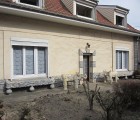
About the Artist/Site
Charles Pecqueur, born in Bruay-en-Artois, a community in northern France, could not go to school when it came time for him to do so because the First World War was raging and the local school had been transformed into a hospital. At age ten he was able to attend school for a couple of years, but by June 1921, at age thirteen, he had to start working in one of the regional coal mines, at that time an important industry in northern France. He would hold this job for thirty-seven years. He married in 1930 and the couple then moved to the community of Ruitz, not far from where he was born.
Pecqueur, a tall man with an imposing stature, was a good public speaker and always socially active. During WWII he joined the Resistance, and after the war, in 1946, he was elected mayor of Ruitz, a position he held for some 18 years while still continuing his work in the mines.
When he retired from the mines in 1958, Pecqueur developed an ambition to make artistic creations. Although he had no formal training in the arts, he began making paintings and sculptures, most of which he would give away to locals and neighbors.
As mayor he wanted to share his feeling that art should be an important factor in the life of any community. His greatest achievement in this regard was the embellishment of the center of a local roundabout with arches and sculptures he single-handedly made from stony material and concrete: a sculpture of a police officer equipped with an arrow pointed the traffic in the right direction. He also created a monument at the local cemetery for the temporary storage of coffins for those times when the grave had not yet been excavated (as, for example, if the ground were frozen).
Local public opinion about Pecqueur's artistic activities was probably quite varied and his good intentions may have been misunderstood. In 1965 he was not re-elected, and within a few years the decorative structures were removed from the roundabout, which was modified to the usual appearance of such traffic constructs.
At that time, no longer having a public or other professional function, Charles Pecqueur began devoting his artistic energies to his own home and garden. He decorated the walls of the house with frescoes and paintings of birds and other animals, and he also made sculptures; among others were those representing Popeye and Lafontaine's fable of the hare and the tortoise. His masterpiece became a series of frescoes on a long garden wall depicting the story of Snow White, a tale he had come to know through Walt Disney's movie. This creation was made in the style of a comic book, resulting in a cinematic, motion-rich scene. [1]
Pecqueur’s artistic work was discovered by Bernard Lassus, a French landscape architect, who in the 1970s studied singular gardens in France. His book, Jardins imaginaires (1977), [2] became an important factor in the rise of interest in art environments created by ordinary people and self-taught artists. He coined the term habitants-paysagistes, which refers to urban dwellers (habitants) who transform the exterior of their homes into creatively decorated landscapes (paysages).
Pecqueur's art work is still extant (as of this writing in 2014), as can be seen on the attached photographs taken in 2013 by Pieter and Rita Boogaart, Dutch members of the Folly Fellowship (founded in the United Kingdom) who had the opportunity to visit the site.
The house is still held by the family and is currently owned by Pecqueur's son, Turenne Pecqueur, who is in his sixties. In an interview with a regional newspaper (August 2014) [3] the son said that he regrets that he has neither the artistic skill nor the financial means to maintain the frescoes. Uncertain with regard to the future of the frescoes and sculptures, Turenne Pecqueur is pleased with the attention the art environment received in the past by academic writers, although many current researchers erroneously believe that the site was no longer extant. At least for the moment, however, it is, although it is not open for public visitation.
~Henk van Es
[1] A detailed analysis of the Snow White frescoes is available in the study by Michel Conan, Landscape design and the experience of motion, 2003: 309-315.
(http://www.doaks.org/resources/publications/doaks-online-publications/motion/10motion.pdf/view)
[2] Bernard Lassus, Jardins imaginaires, Paris (Presse de la Connaisance), 1977
[3] Article in newspaper Voix du Nord, august 14, 2014
(http://www.lavoixdunord.fr/region/ruitz-les-bizarreruitz-de-charles-pecqueur-jalonnent-ia32b54023n2324291?xtor=RSS-2)
Map & Site Information
Ruitz (Nord-Pas-de-Calais), Nord-Pas-de-Calais, 62620
fr
Latitude/Longitude: 50.466356 / 2.588673
Nearby Environments

Can you provide SPACES with images of this art environment?
Please get in touch!
Le havre du pêcheur
Rouvroy, Hauts-de-France

Can you provide SPACES with images of this art environment?
Please get in touch!
La ferme aux avions (The Farm with Planes)
Steenwerck, Nord-Pas-de-Calais


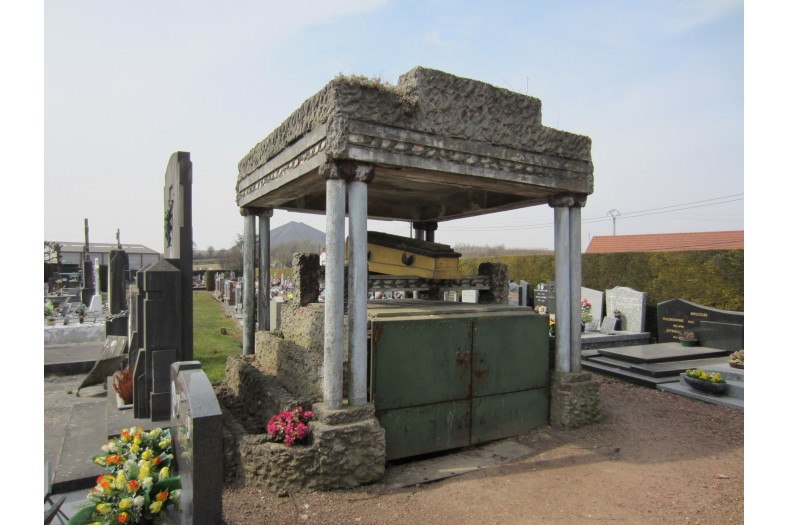
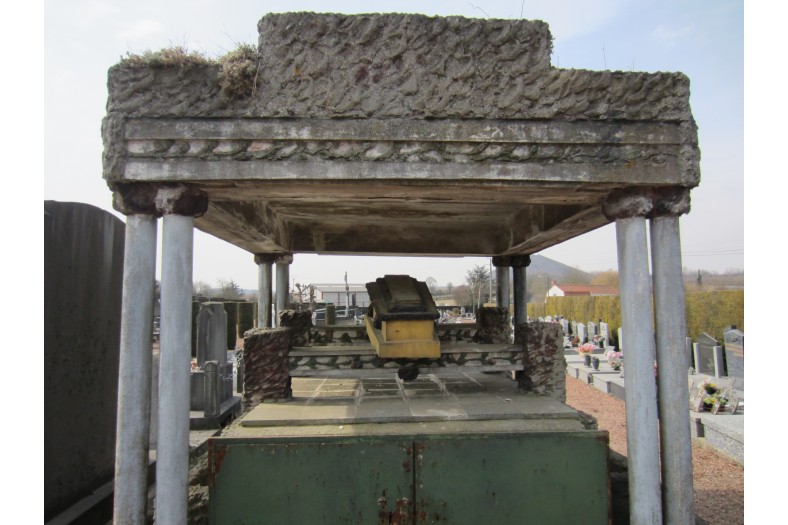
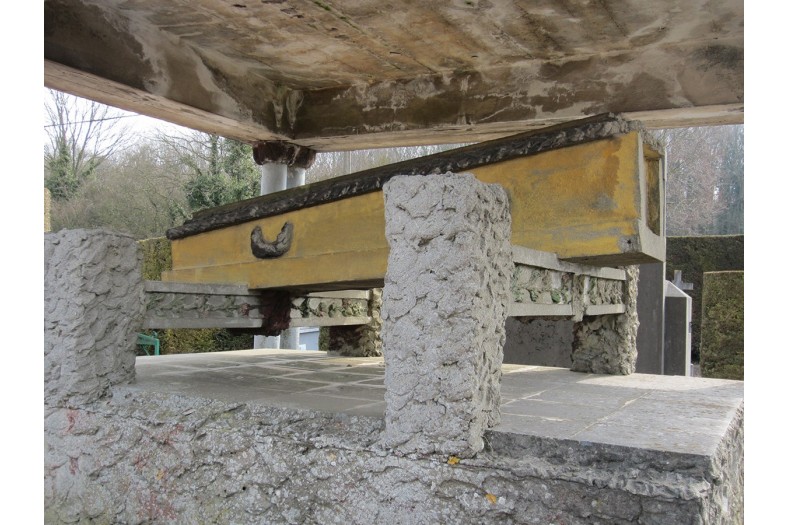
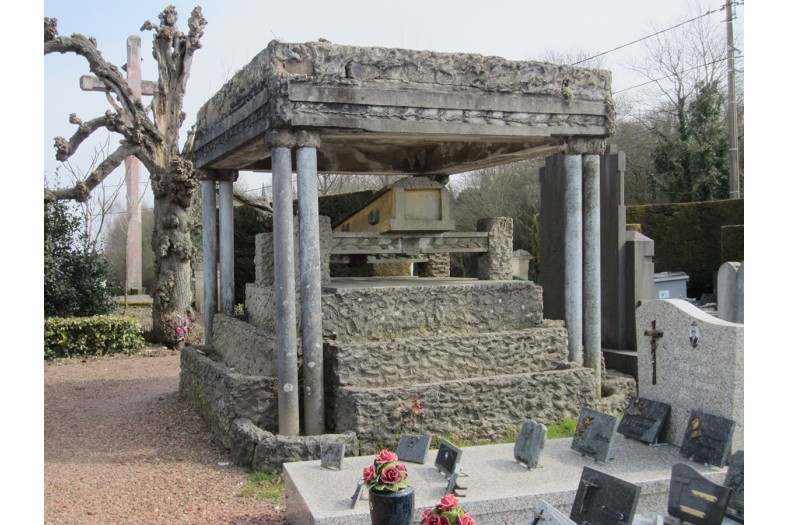

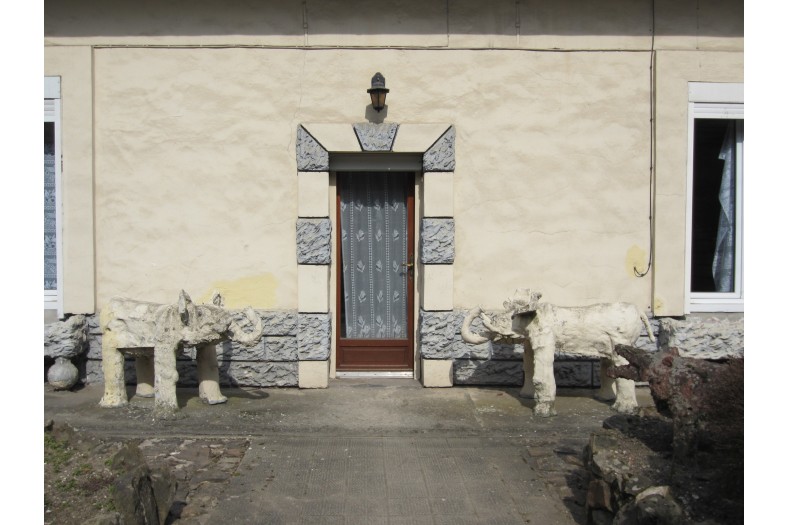
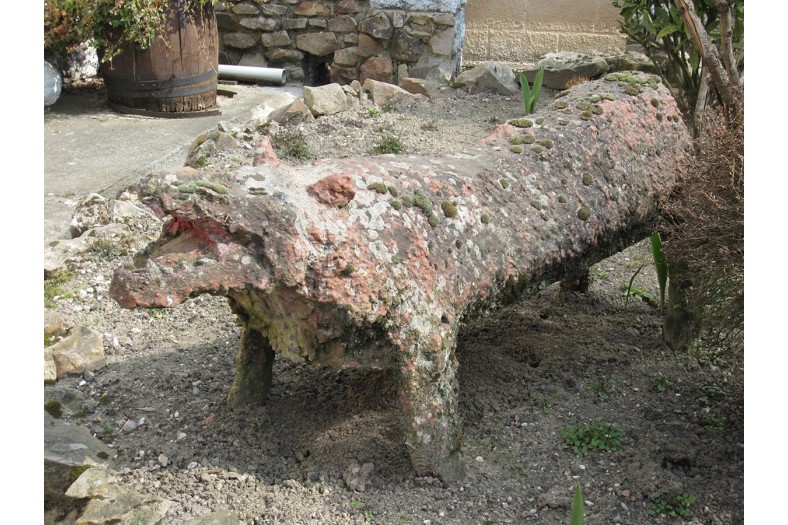
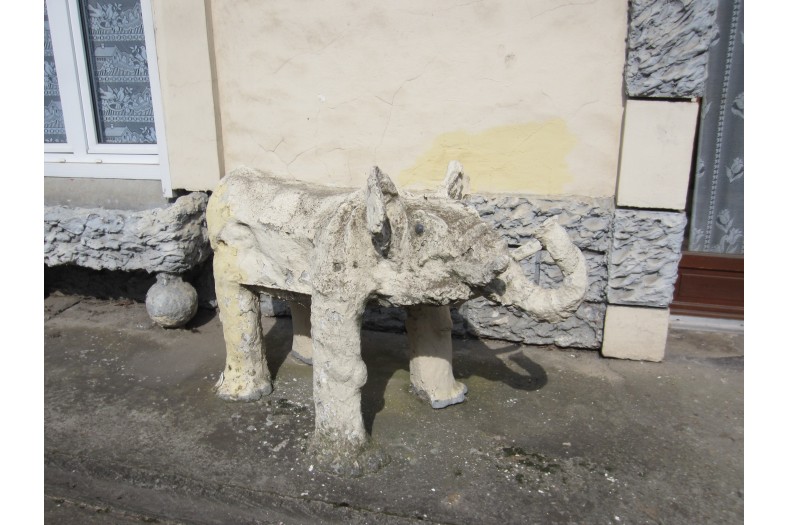
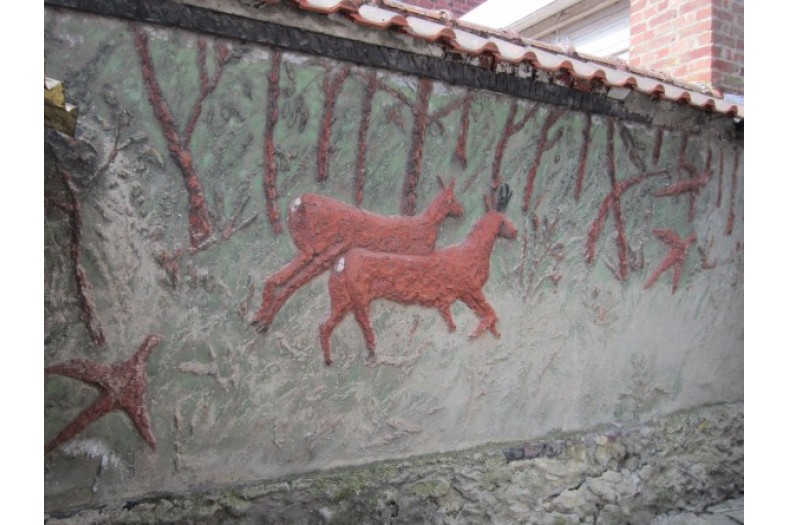
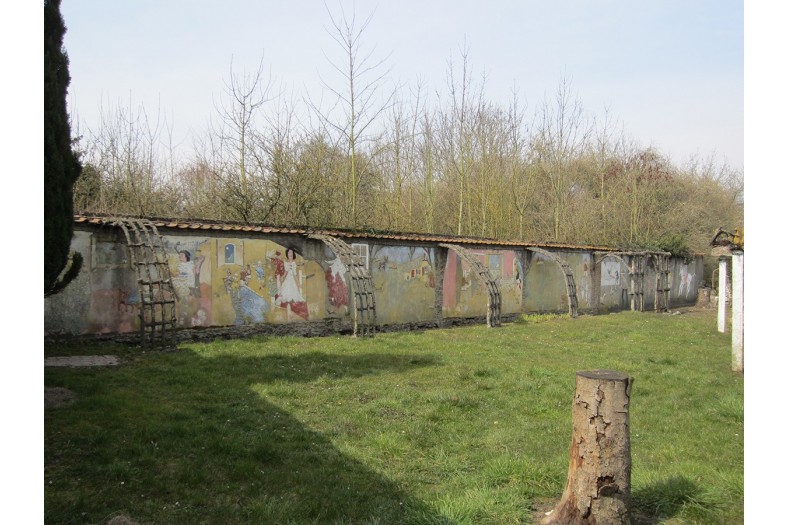
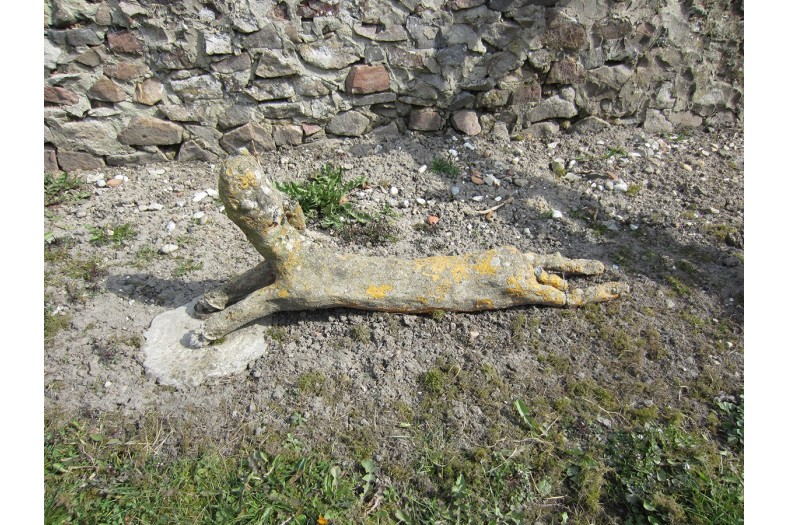
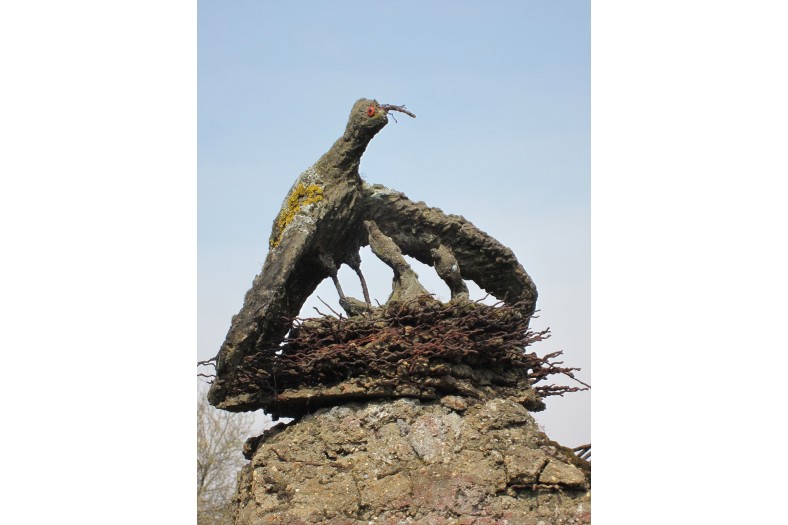
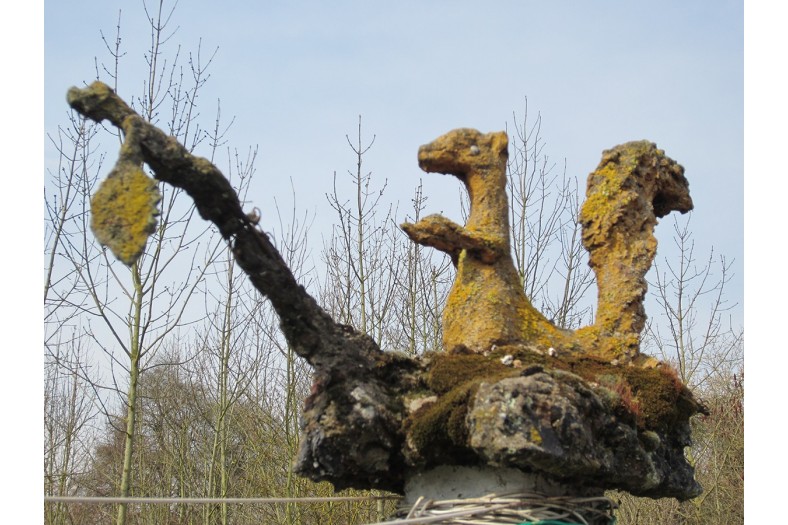
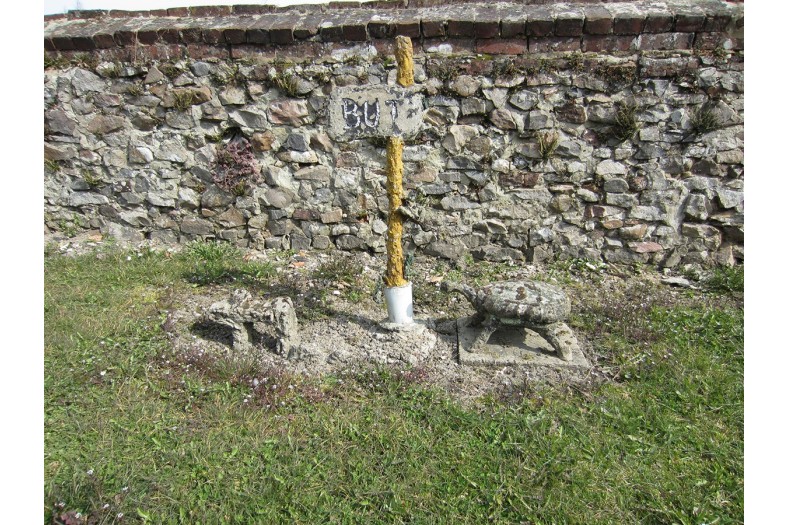
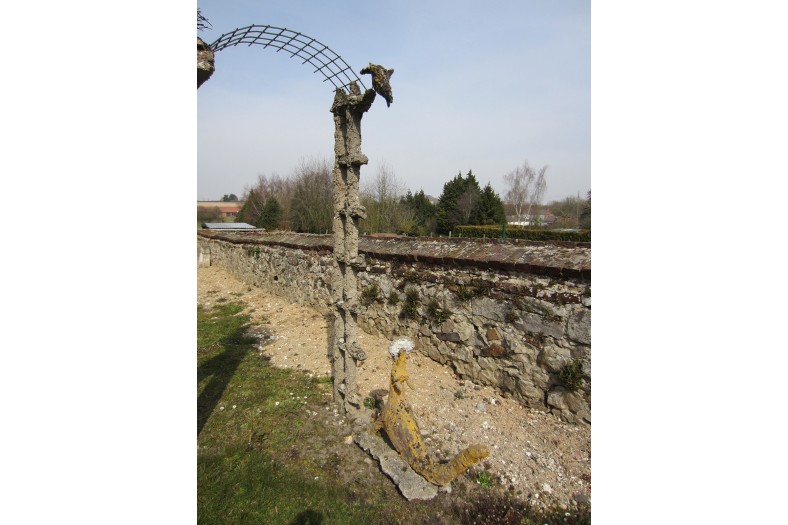

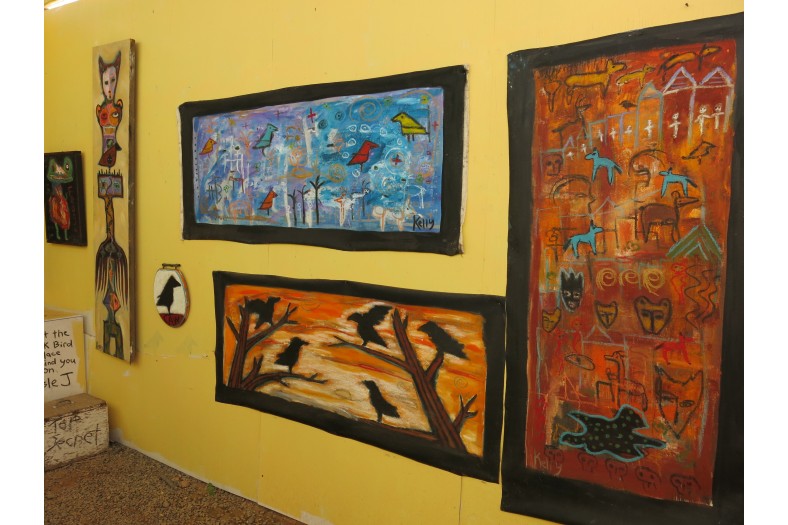
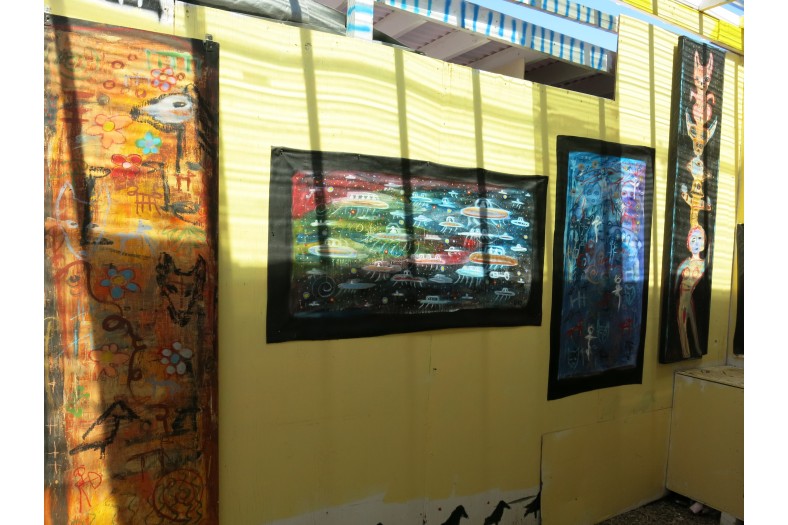
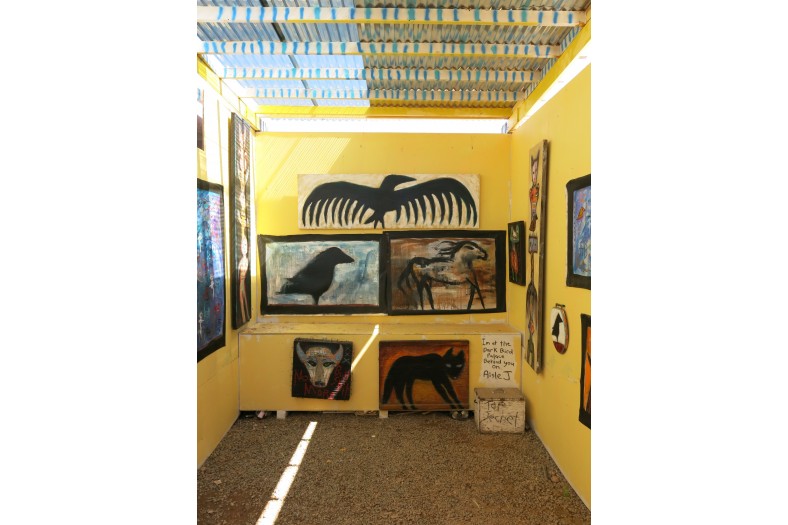
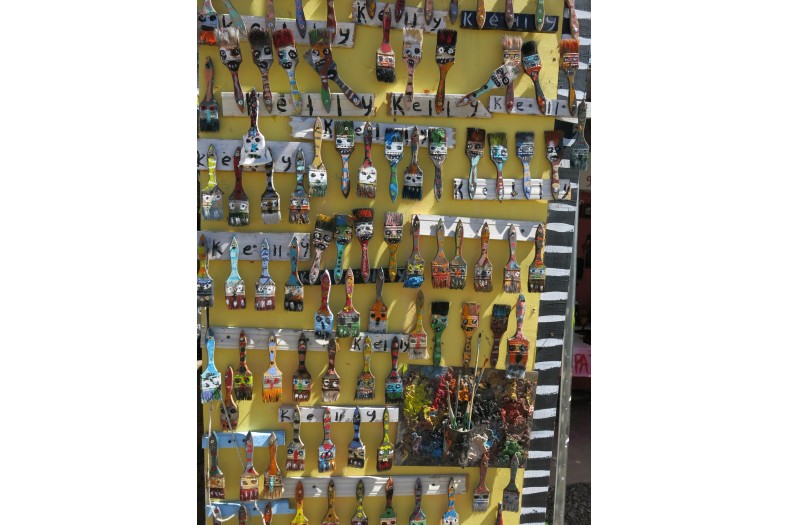
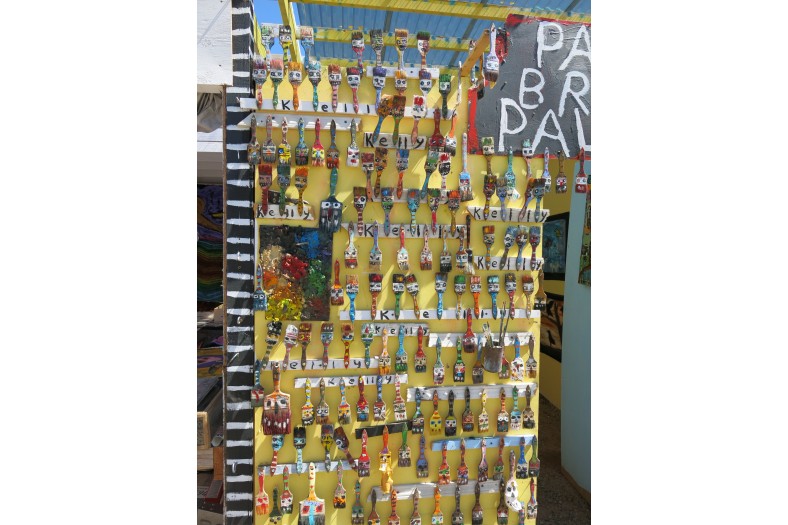
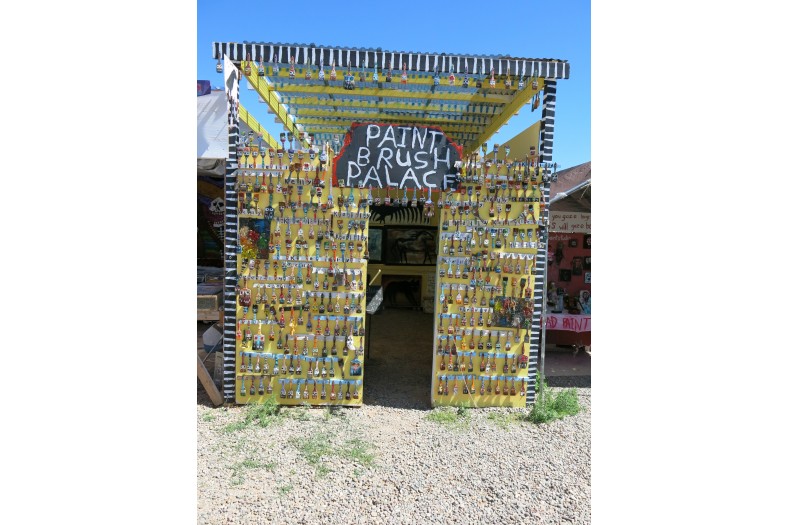
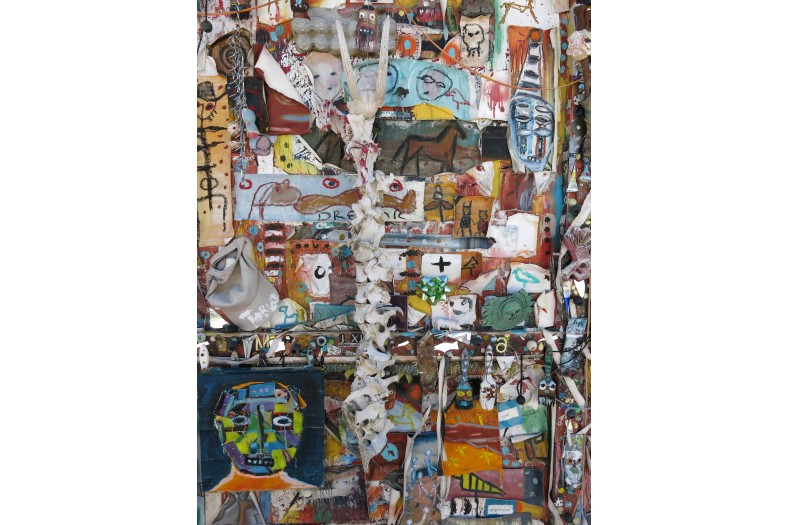
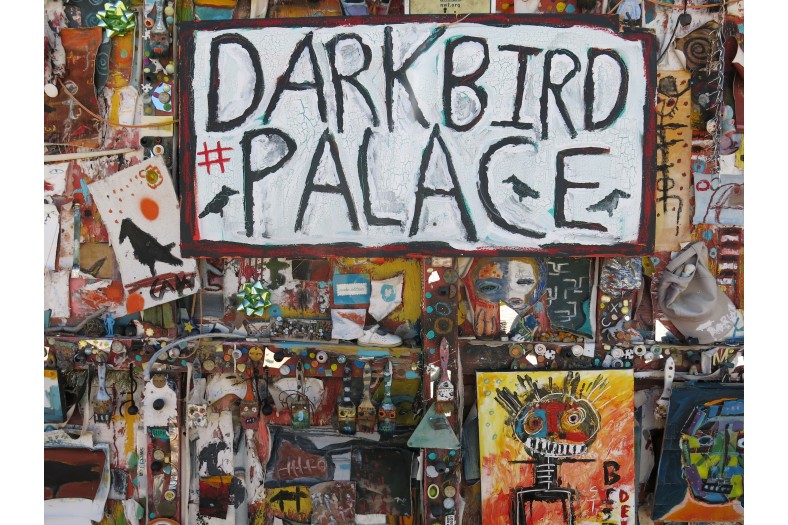
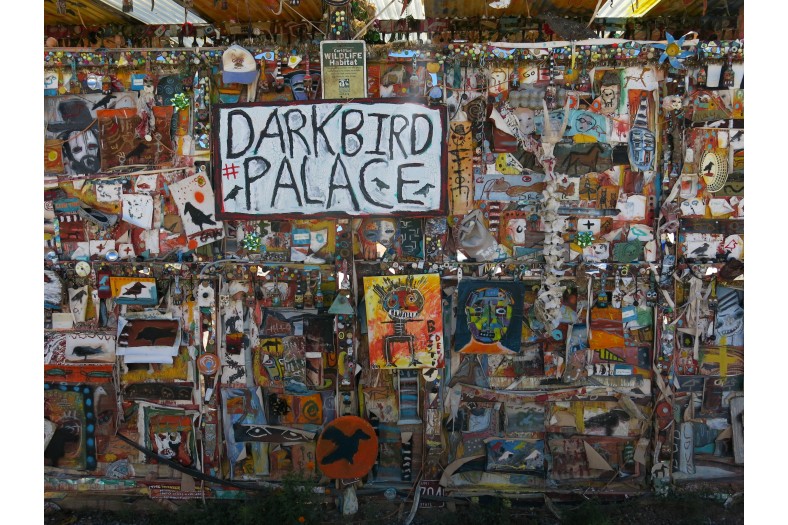
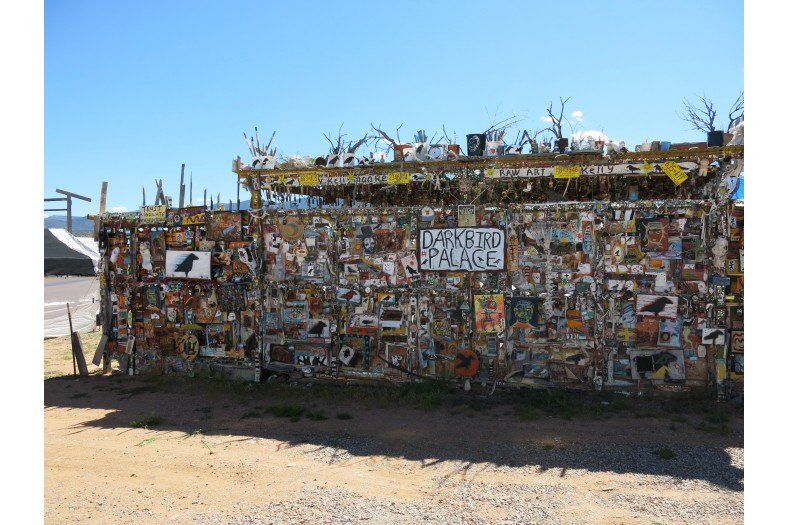
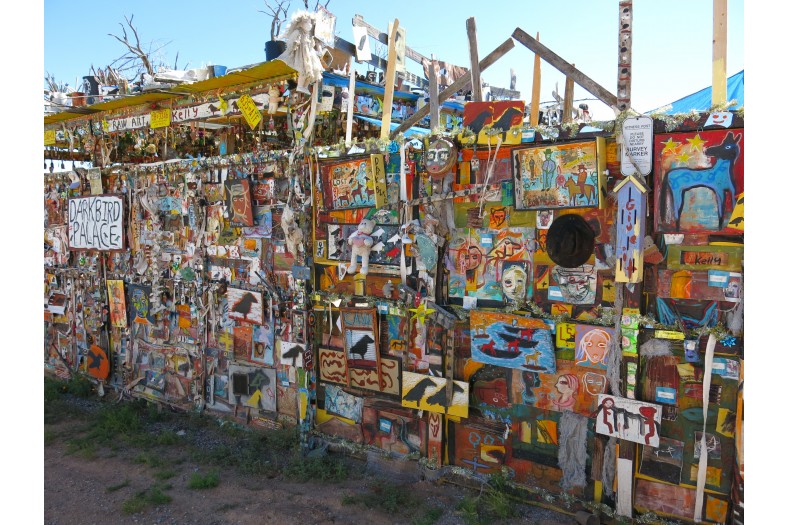
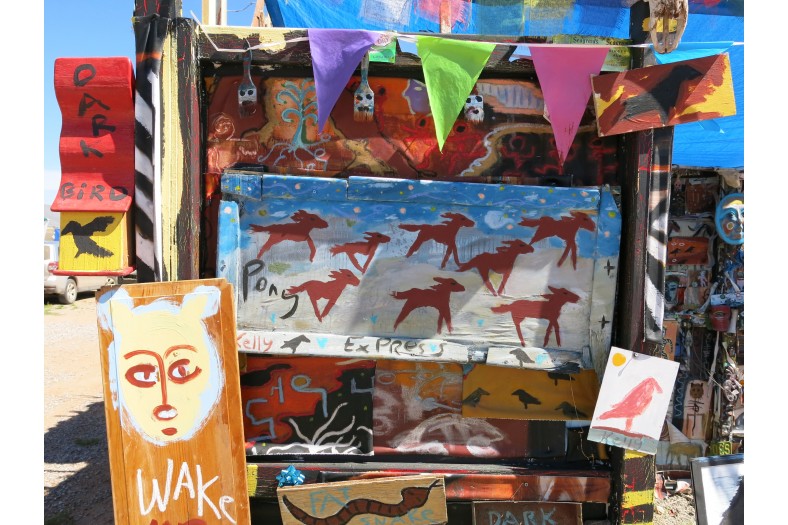
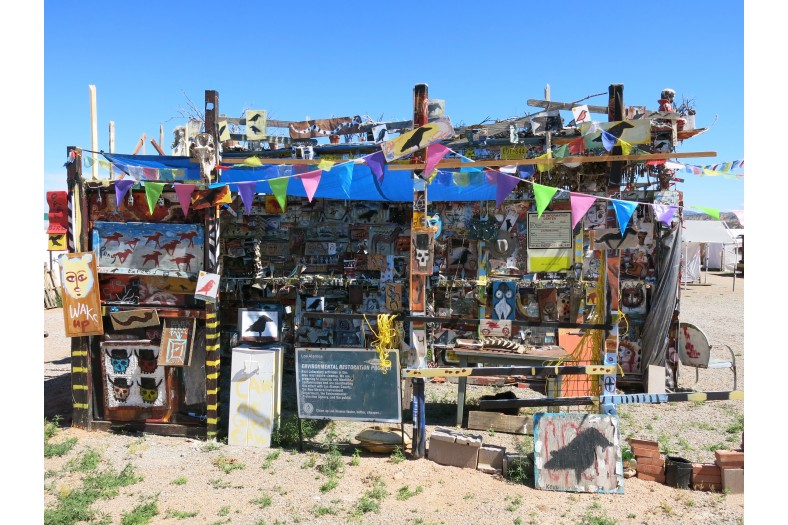
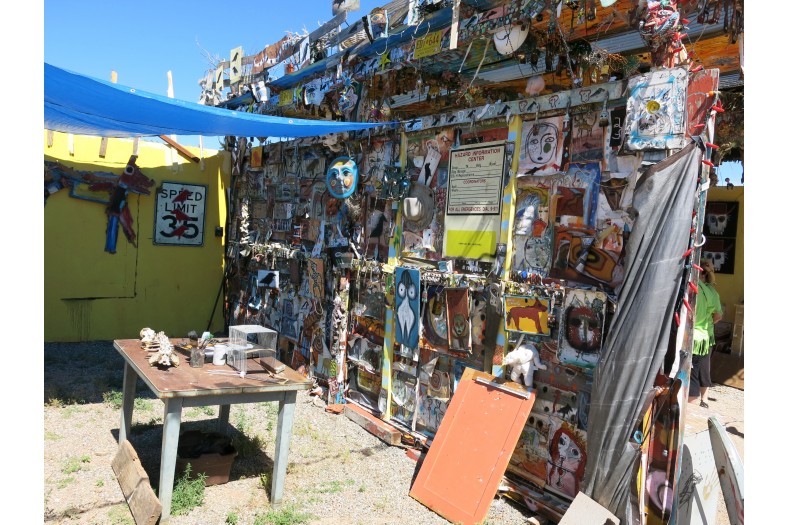
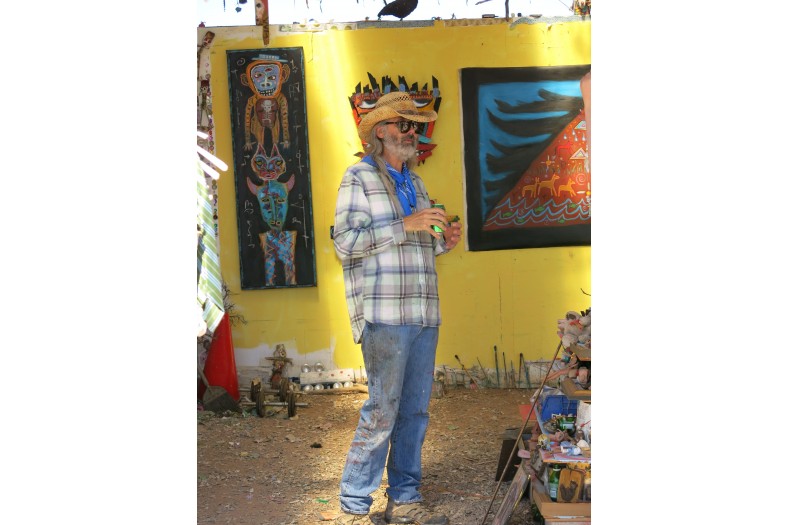
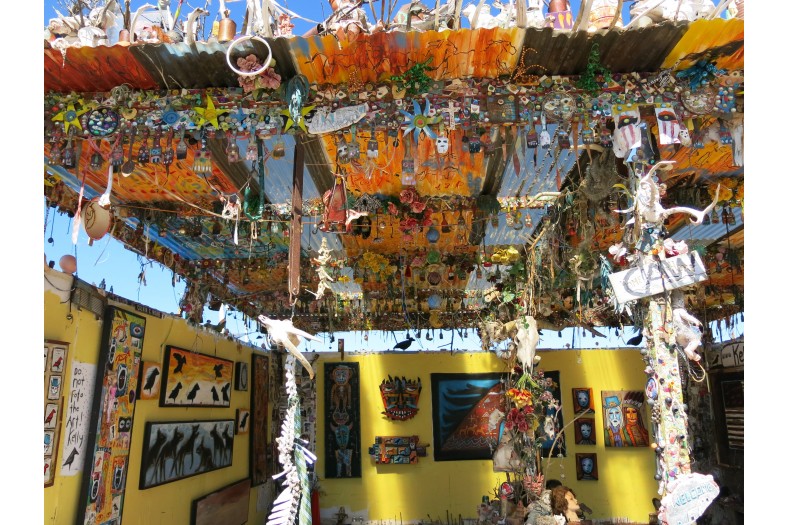
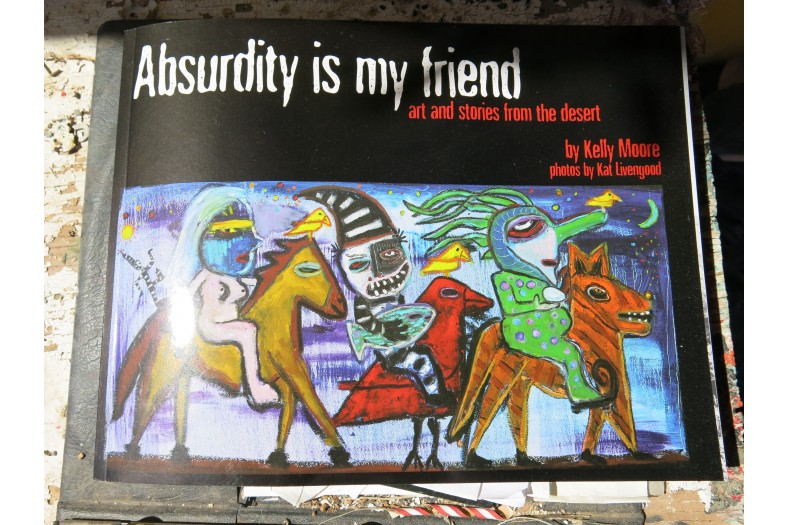
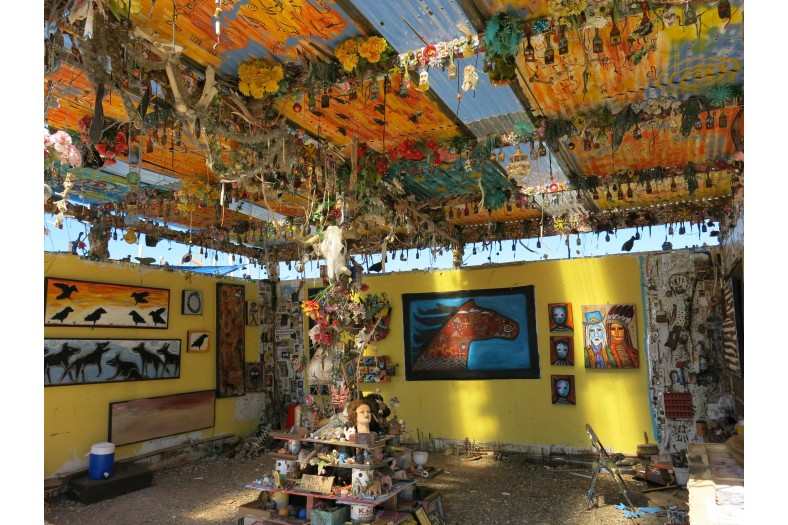
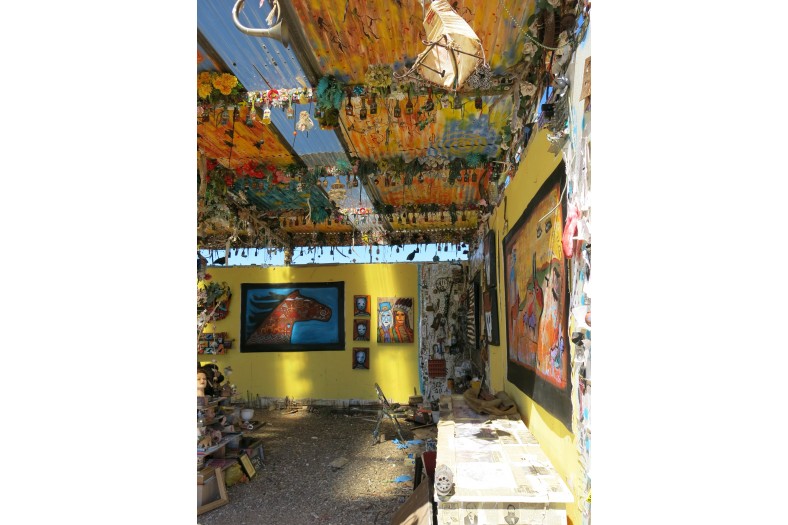
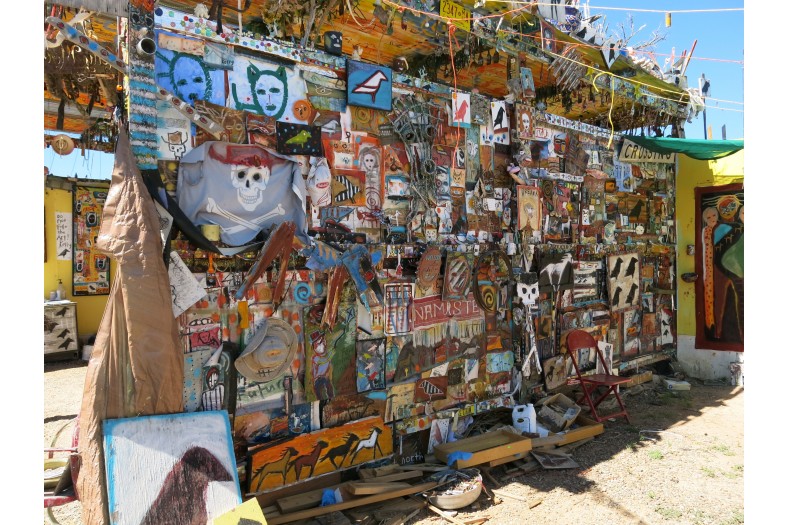
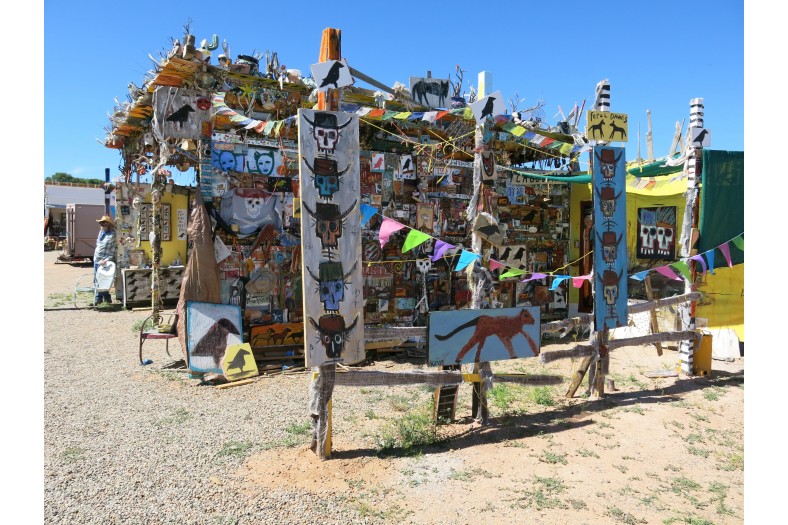
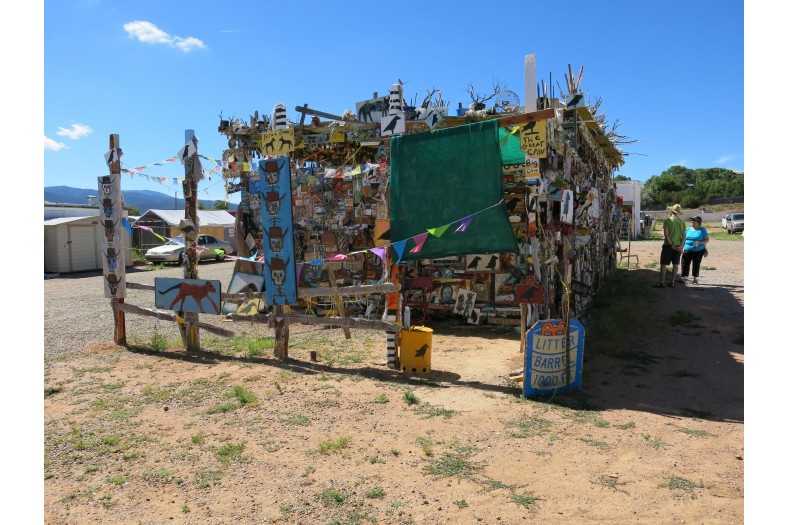
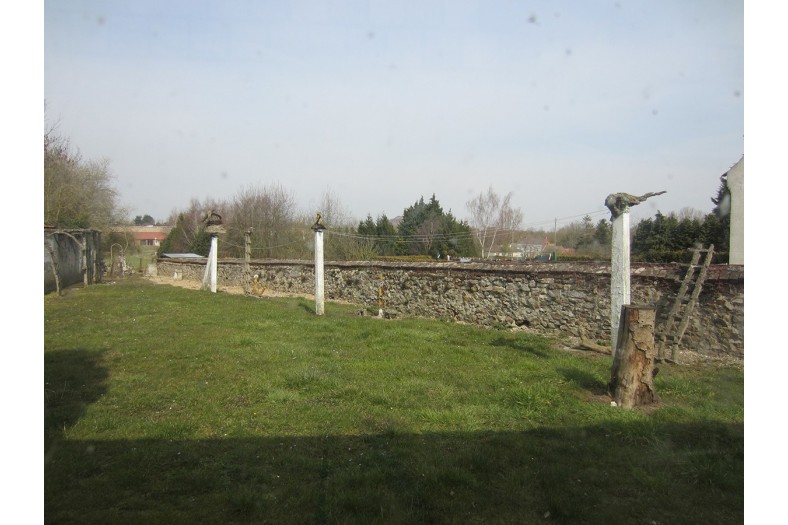
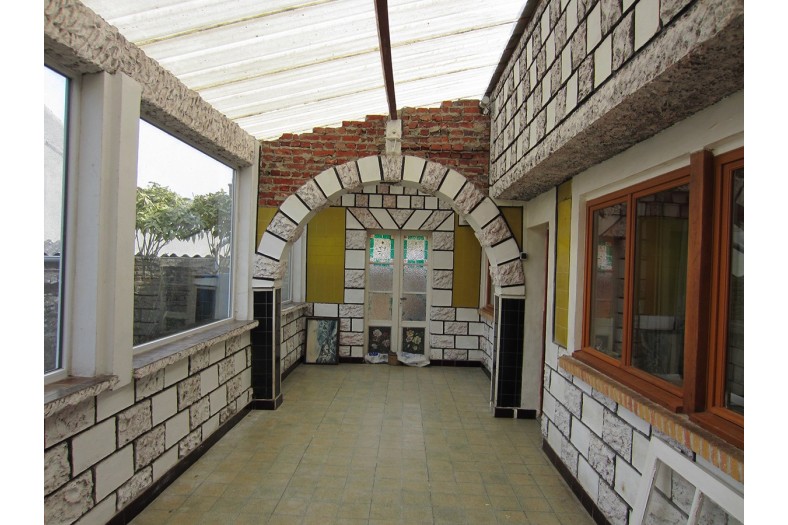
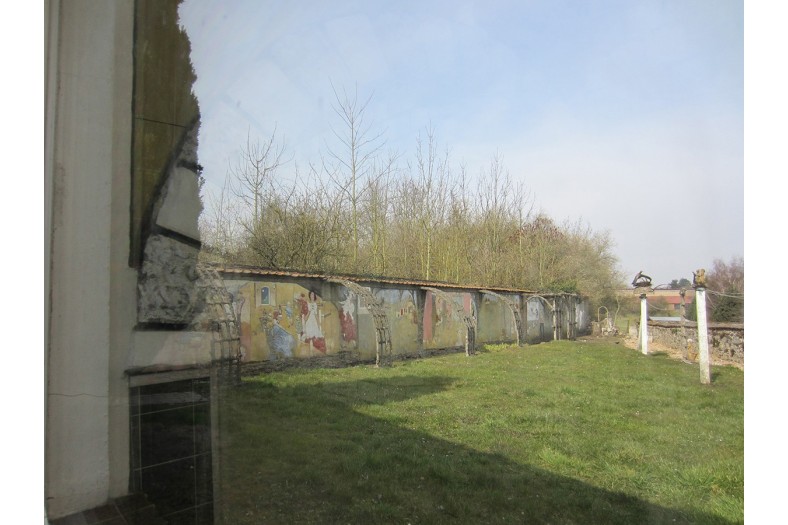
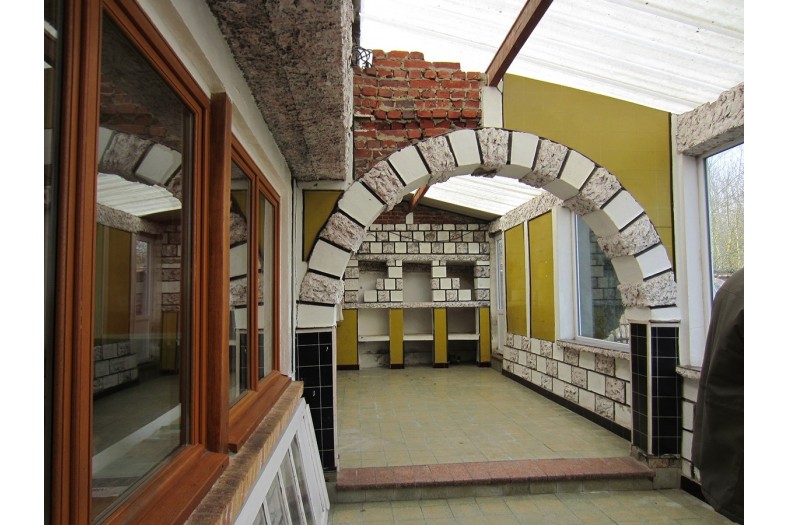

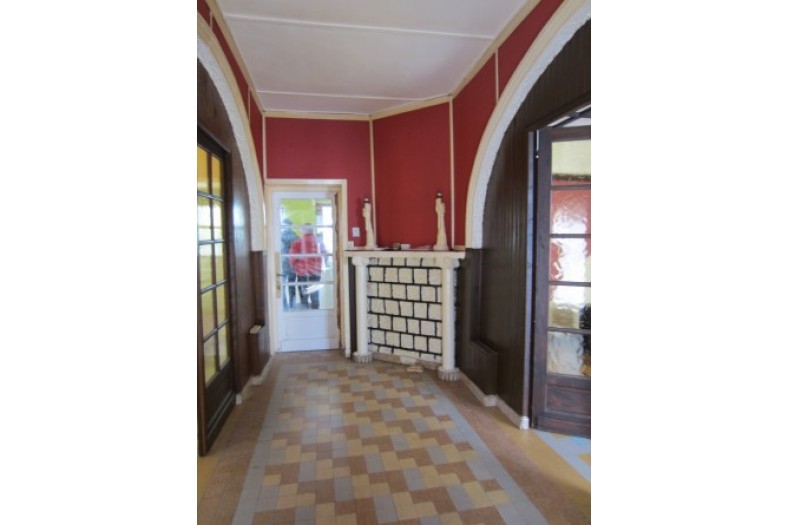

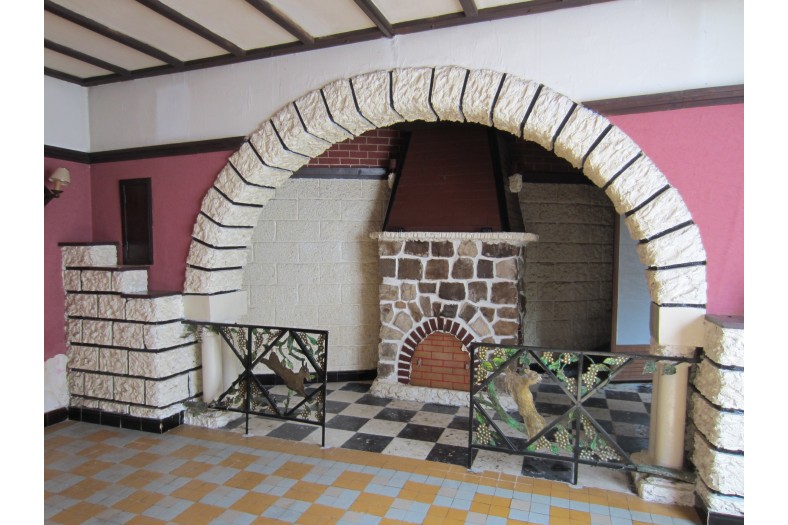
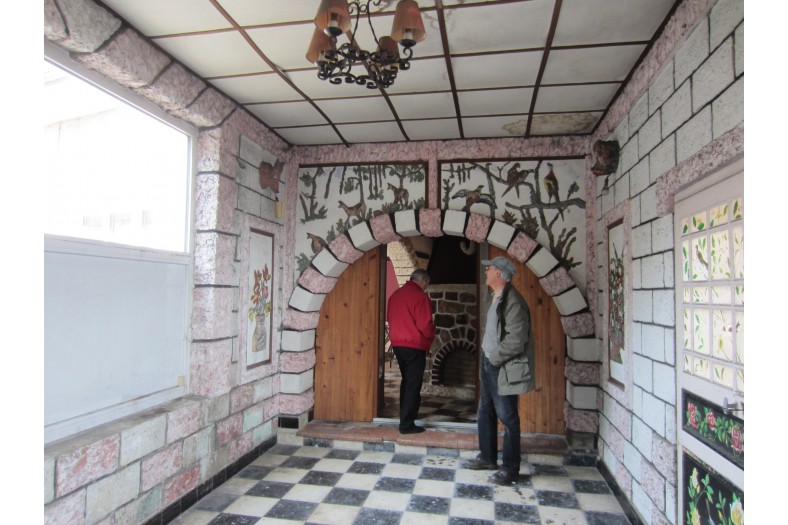
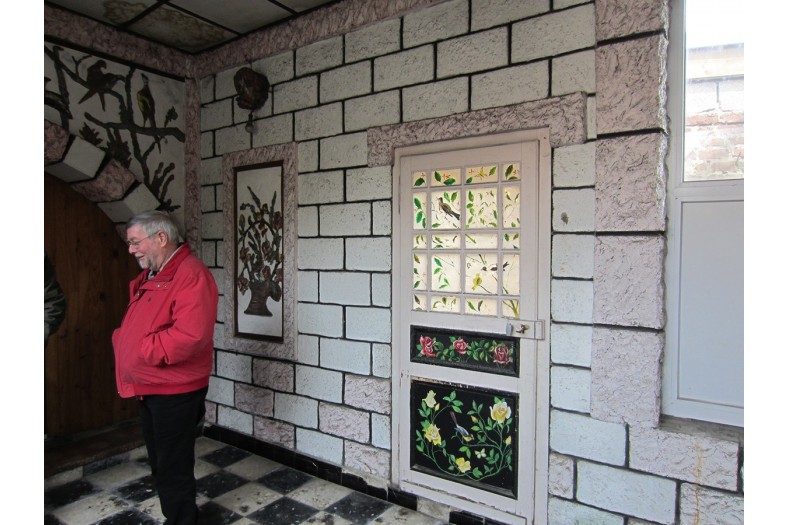
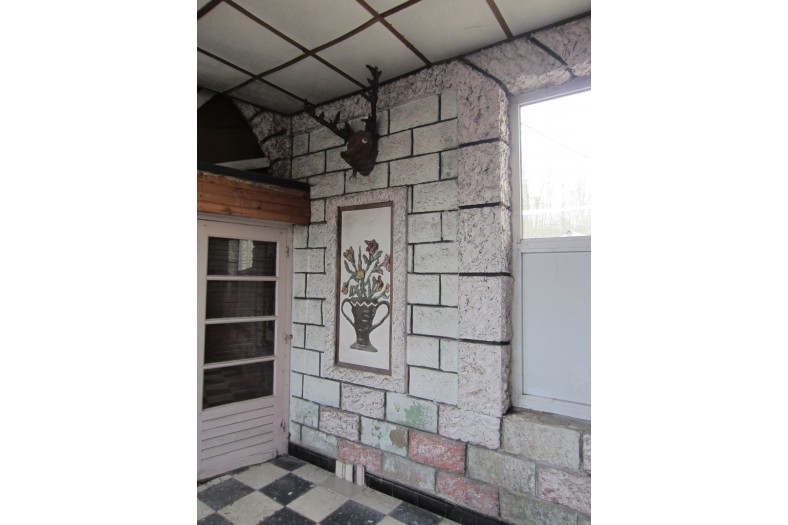
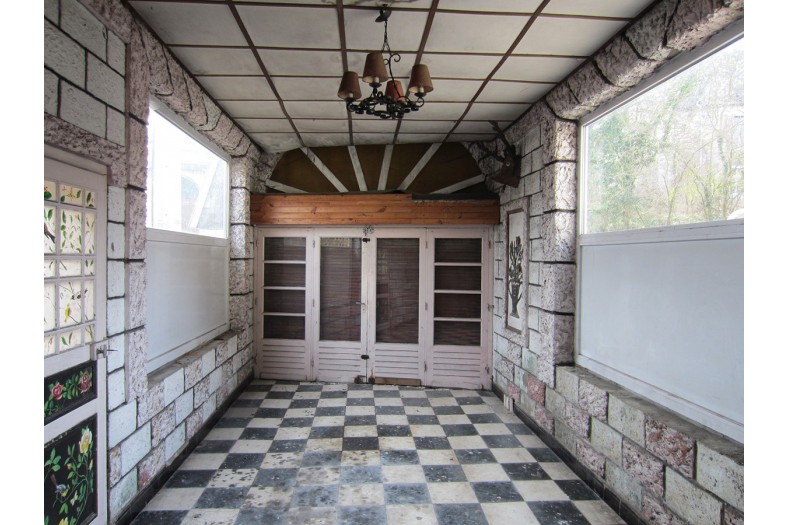
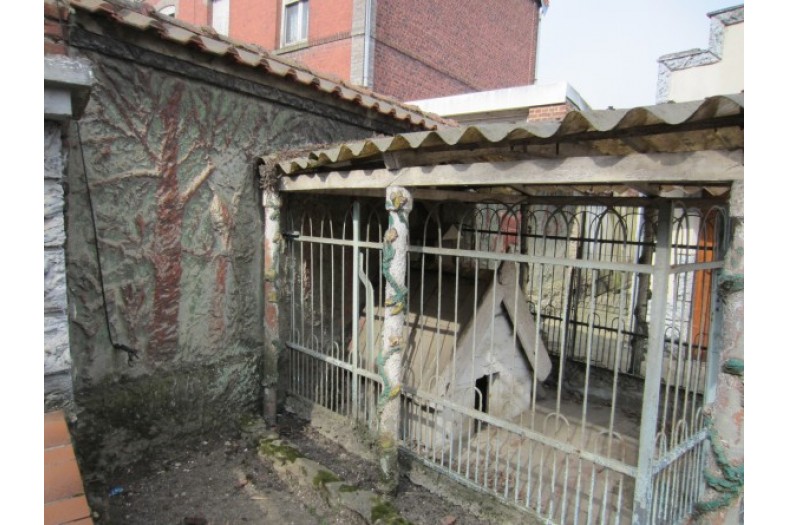
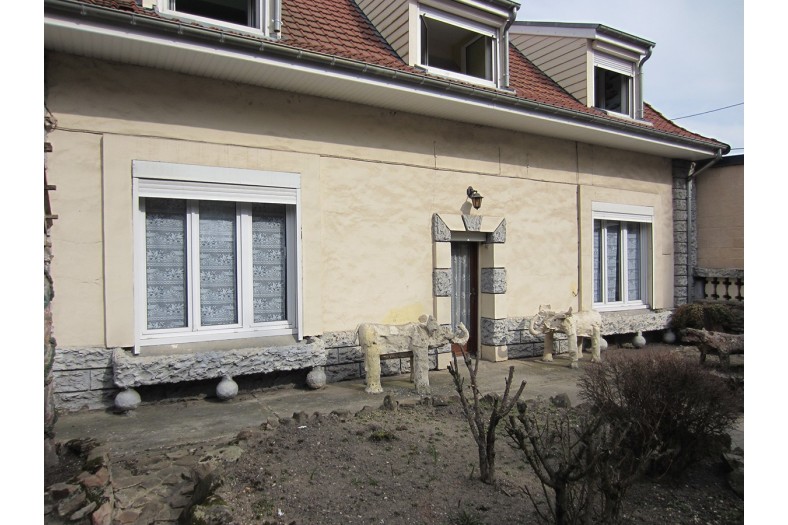

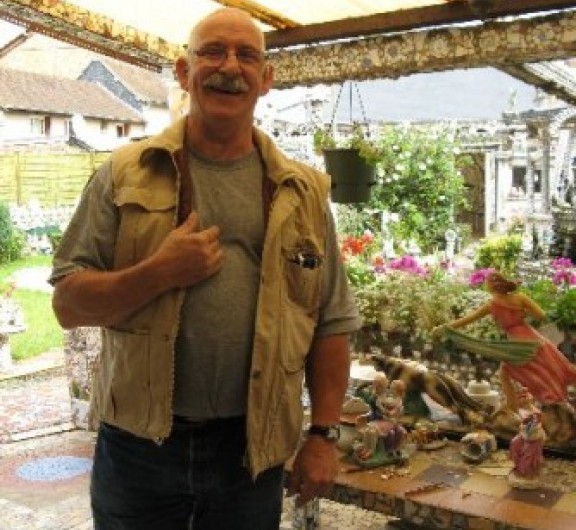


Post your comment
Comments
No one has commented on this page yet.